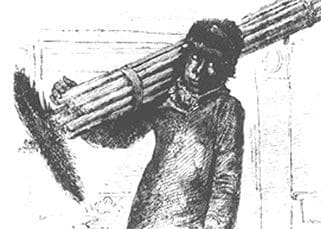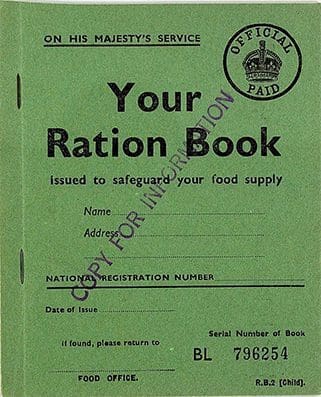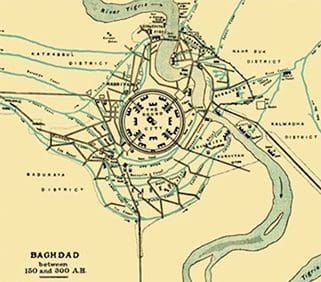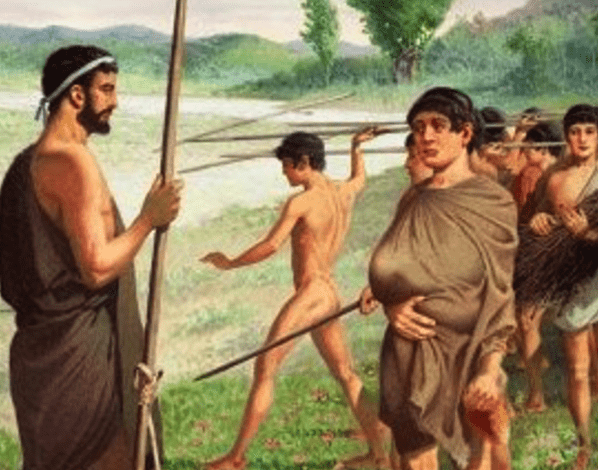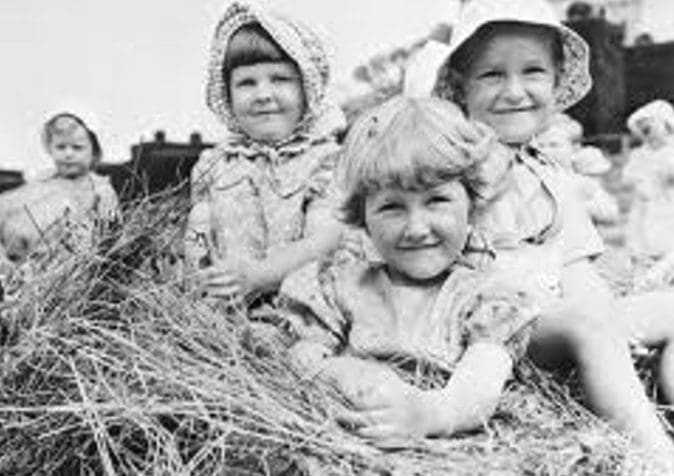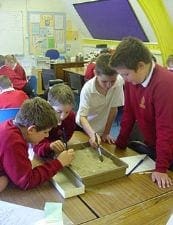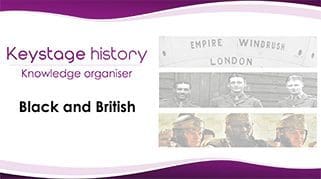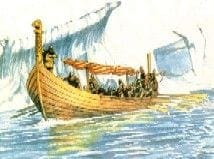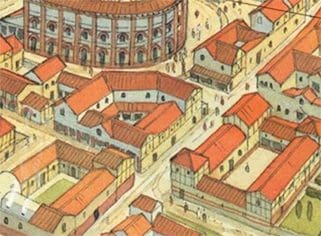
After re-capping the main features of Iron Age settlements, pupils work collaboratively in role as spies trying to find which special buildings the Romans had in their towns. They then research each before attempting to create a large sugar paper drawing of the plan of a typical Roman town. Pupils are helped to get started by showing them a pre-prepared one quarter of the plan. They have to finish it. Ideas and extra resources are fed in throughout the activity before using clear artists’ impressions to offer expert feedback.
Learning objectives
- Children are able to see which the most significant changes would have been e.g emergence of towns and villas in countryside.
- Children grasp how sophisticated Roman lifestyle was for rich, e.g: evidence Fishbourne (about palaces and villas) and from Silchester (about towns).
- Children understand range of entertainments that Romans had in society – amphitheatres, baths and forum.
- They understand

